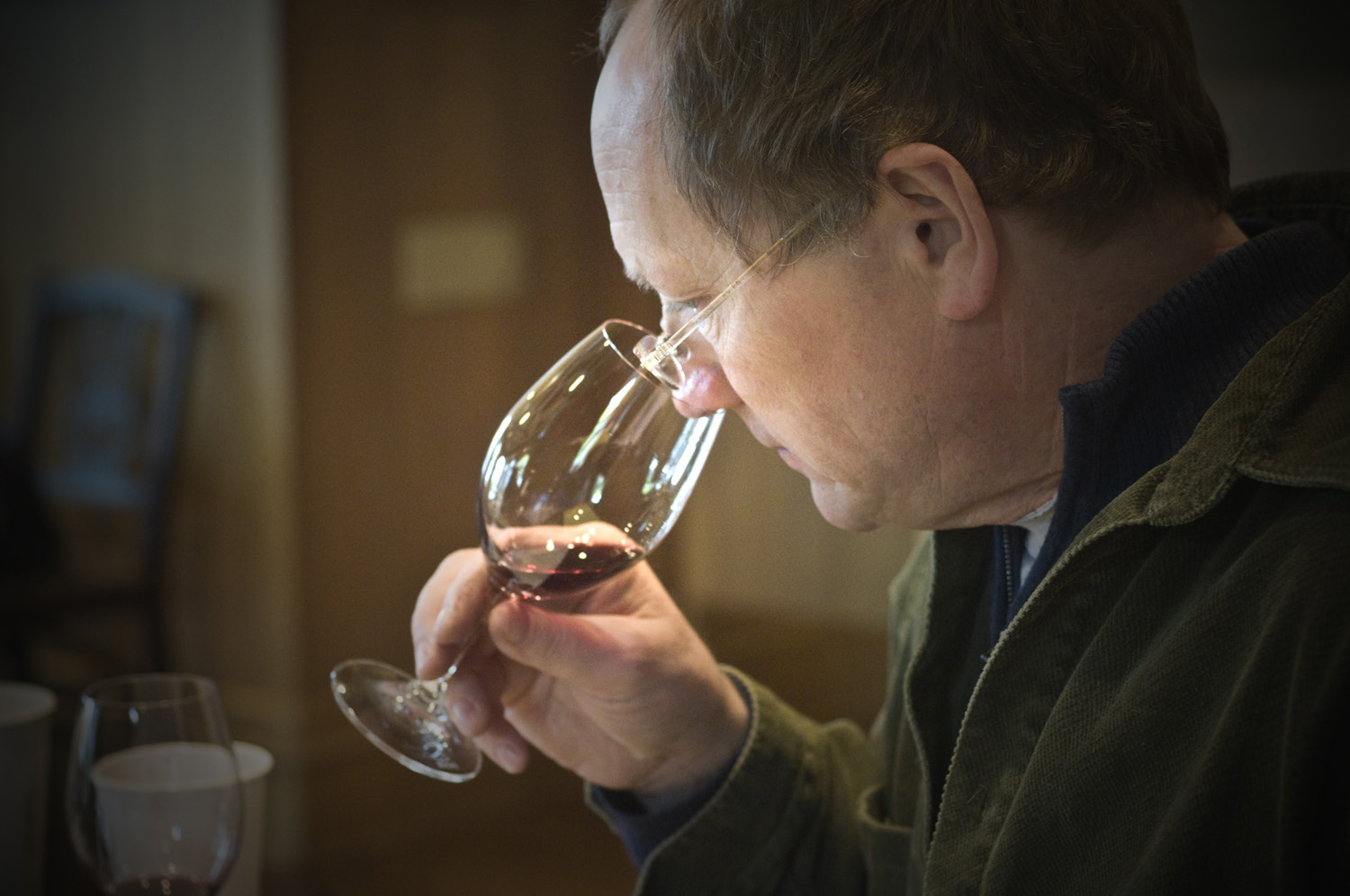
“When are your tannins fully mature—when you are dead? Waiting on maturity in tannins takes away the freshness, acidity and aromatics—think of dried fruit and you get the idea.”
—Chris Howell
“Ask a Winemaker: What Are Tannins in Wine?” Forbes, January 2016:
Winemaker Chris Howell of Cain Vineyards in Napa has been working with great wines for decades, having worked in wineries from France to Napa, and he’s seen his share of tannins. According to Howell, tannins have the potential to make wine texturally interesting. When I asked him to talk to me about tannin he pointed me towards a website that sells over ten different kinds of powdered tannins. Not only can you purchase ready-made tannin, you can purchase a tannin specific to your winemaking needs. To be clear, Cain is a believer in winemaking in the vineyard and you wouldn’t find him within 50 miles of a powdered tannin, but he illustrates an important point: tannins are not simple things and good winemaking requires serious skill in managing tannins—otherwise you find yourself in need of chemical support.
And what is a tannin? According to Merriam-Webster.com: Noun, any of various soluble astringent complex phenolic substances of plant origin used especially in tanning leather and dyeing fabric, manufacturing ink, clarifying wine and beer, and in medicine.
They can be referred to as grippy, dusty, gritty, velvety, and smooth. Most tannins come from stems and seeds, some come from the grape skins. You can also find them in tea and chocolate–overall, tannin is found in many of life’s good things. Below Howell talks more about what they bring to wine:
I don’t have a love/hate relationship with tannin. A wine that interests me has texture, a tactile feel, and the feeling is fascinating. It’s obvious in the case of astringency—like with tea or coffee there is a process of infusing or steeping. We have to ask ourselves, ‘what do we want and what do we want to leave behind?’ At times tannin can be too much of a good thing.
A really good white wine needs to have some tannin. If you think of tea or coffee and why some people put milk in that helps to explain where tannin fits. You want some tannin, how much depends on the wine.
Tannins can be compared to textures in fabric. Think of corduroy, velvet, rough woven burlap, washed silk, fine silk and all those sensations in between. There is no good or bad type of tannin; we all agree they are different. Younger tannins tend to behave/taste more like corduroy than velvet—but if you drink wine with food the role of tannins is very different that if you are drinking a cocktail wine. If you like cocktail wines usually you want velvety tannins.
There has been a trend to pick riper and riper fruit. One assumes wineries are doing that to get bigger wines but underneath was a bigger driver, they wanted the tannins to mature and they ultimately ended up with this bigger wine. When are your tannins fully mature—when you are dead? Waiting on maturity in tannins takes away the freshness, acidity and aromatics—think of dried fruit and you get the idea.
Tannins are necessary in wine because they help a wine age. This plant substance stuff interacts with oxygen after bottling; it’s part of the evolution of the wine. Tannins are not just the bones of a wine, they create the matrix that holds it together.
By Katie Kelly Bell

